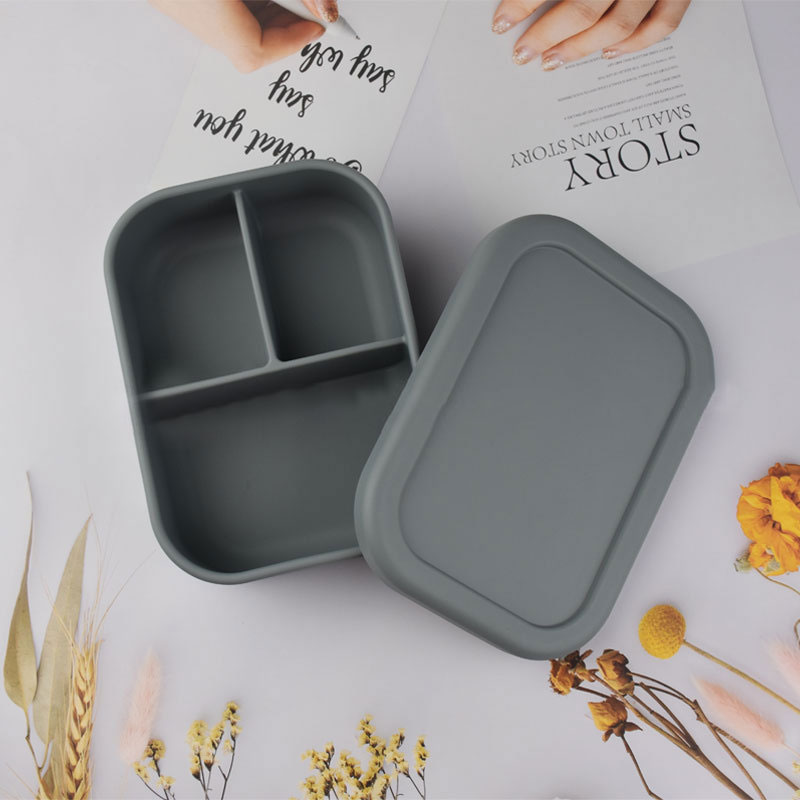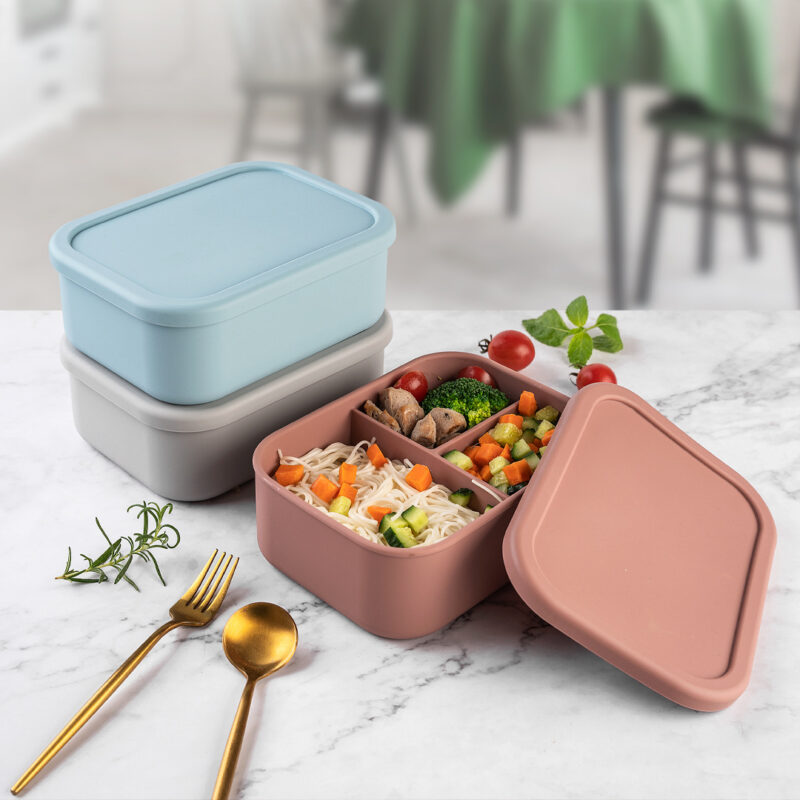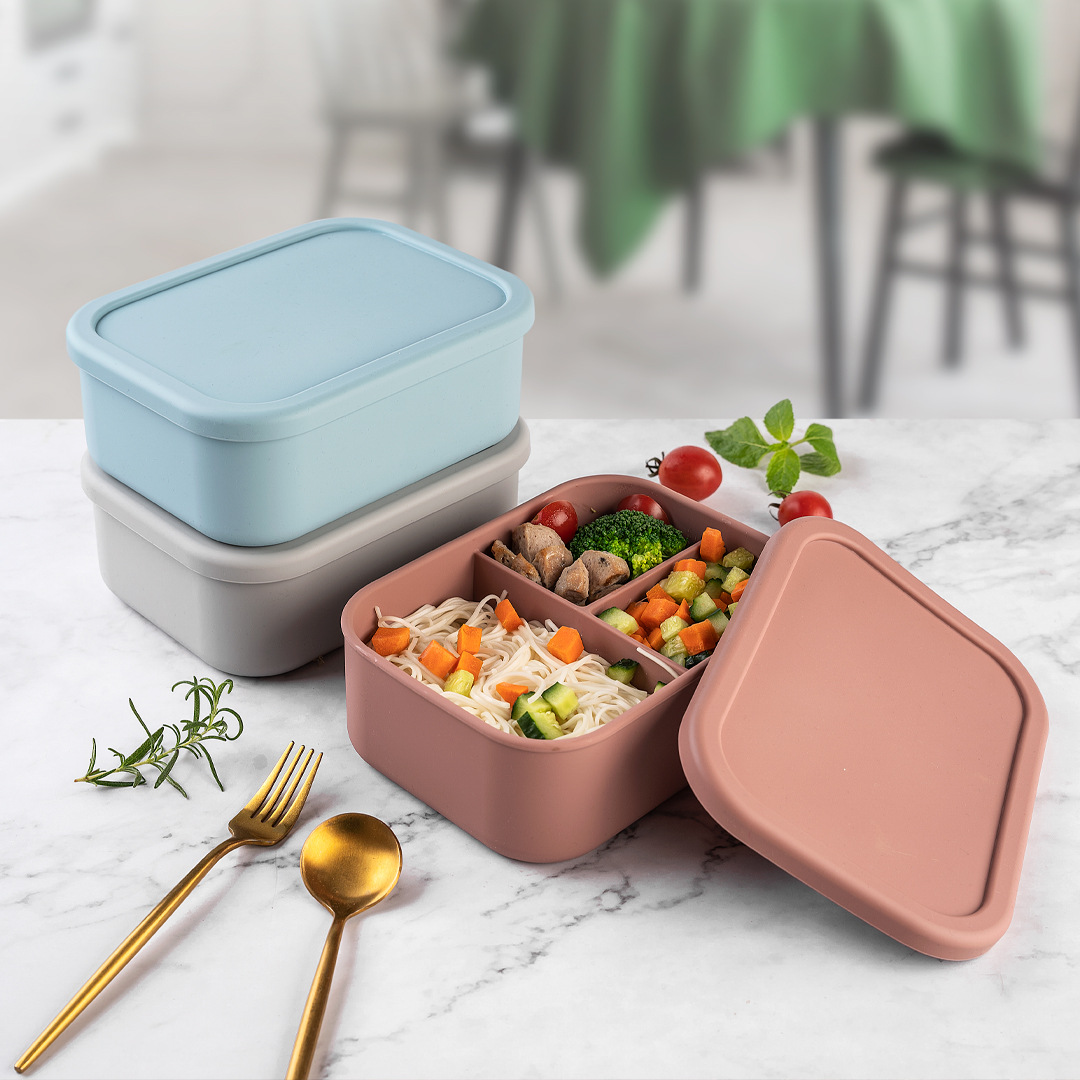Introduction
Silicone has emerged as a popular alternative to plastic in various food-related applications. In this essay, we will explore the advantages of silicone over plastic when it comes to food safety and environmental impact. By examining the non-reactivity of silicone, absence of hazardous fumes, and its positive environmental attributes, we aim to establish why food-grade silicone is considered better for both our health and the environment.

- Non-Reactivity and Food Safety: One key advantage of silicone over plastic is its non-reactivity with food and beverages. Unlike certain types of plastic that may release harmful chemicals into food, food-grade silicone does not react or leach harmful substances when in contact with edibles. This non-reactive nature ensures that the taste, quality, and safety of the food remain intact, providing peace of mind to consumers.
- Absence of Hazardous Fumes: Another significant benefit of silicone is its ability to withstand high temperatures without producing hazardous fumes. When exposed to heat, plastic containers can release toxic compounds such as BPA (bisphenol A) and phthalates, which have been linked to adverse health effects. In contrast, food-grade silicone does not emit any hazardous fumes, making it a safer choice for heating or cooking food.
- Durability and Reusability: Silicone surpasses plastic in terms of durability and reusability. While plastic containers are prone to cracking, warping, or becoming brittle over time, silicone maintains its structural integrity even after repeated use and exposure to varying temperatures. Its resilience allows for long-term use, reducing the need for frequent replacements and minimizing waste.
- Easy Cleaning and Versatility: Silicone’s smooth and non-stick surface makes it easy to clean and maintain. It is often dishwasher-safe, eliminating the need for handwashing or scrubbing. Furthermore, silicone’s versatility allows it to be molded into various shapes and sizes, making it suitable for a wide range of food storage needs, including containers, baking mats, and utensils.
- Environmental Impact: The use of food-grade silicone also has a positive impact on the environment. Plastic pollution has become a global concern due to its non-biodegradable nature and harmful effects on ecosystems. Silicone, on the other hand, is more environmentally friendly as it is composed of silicon, oxygen, carbon, and hydrogen atoms, making it less harmful to the environment when properly disposed of. Additionally, silicone’s durability and reusability reduce the demand for single-use plastic products, contributing to waste reduction efforts.
- Longevity and Cost-Effectiveness: Investing in silicone food storage solutions can lead to long-term cost savings. While initial costs may be higher compared to plastic alternatives, the durability and longevity of silicone products ensure that they last significantly longer. By avoiding frequent replacements, consumers can save money while also reducing waste generation.

Conclusion
In conclusion, silicone surpasses plastic in terms of food safety and environmental impact. Its non-reactive properties, absence of hazardous fumes, and easy maintenance make food-grade silicone a superior choice for storing and heating food. Moreover, silicone’s durability, reusability, and positive environmental attributes contribute to waste reduction efforts and promote sustainability. By opting for silicone over plastic, individuals can prioritize their health, protect the environment, and enjoy the long-term benefits of a safer and more eco-friendly food storage solution. Embrace the advantages of food-grade silicone and make a positive impact on both your well-being and the world around you.

